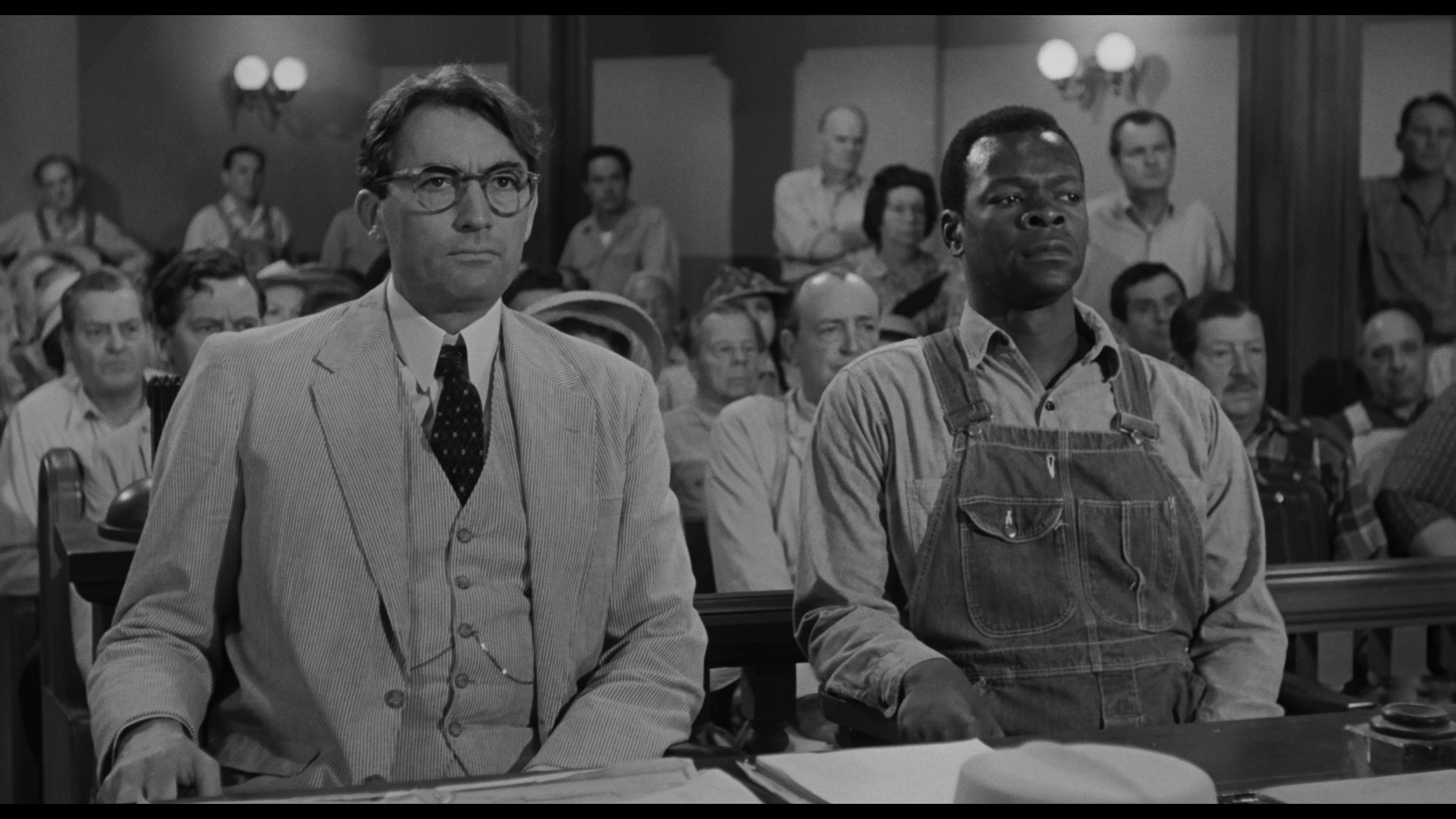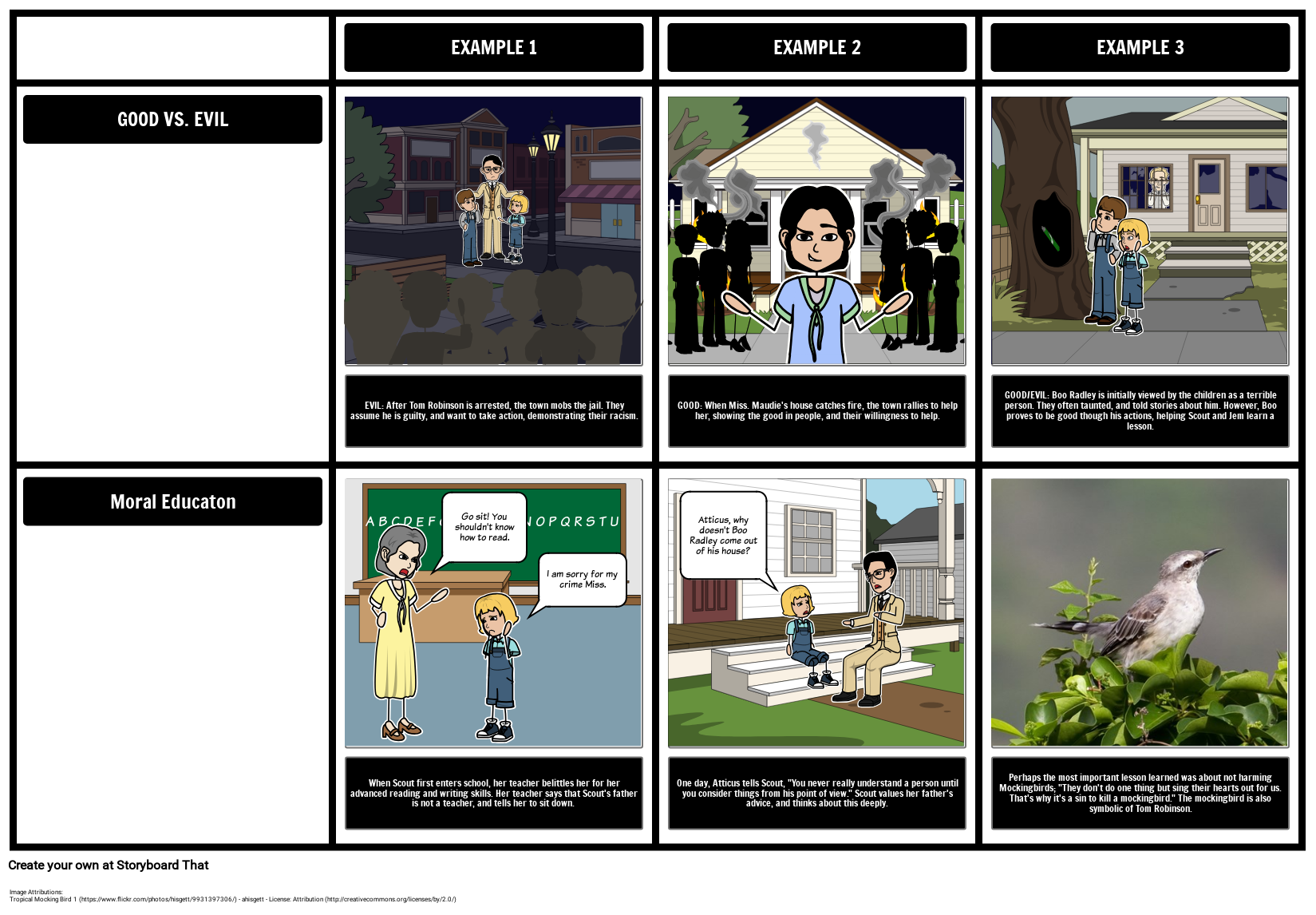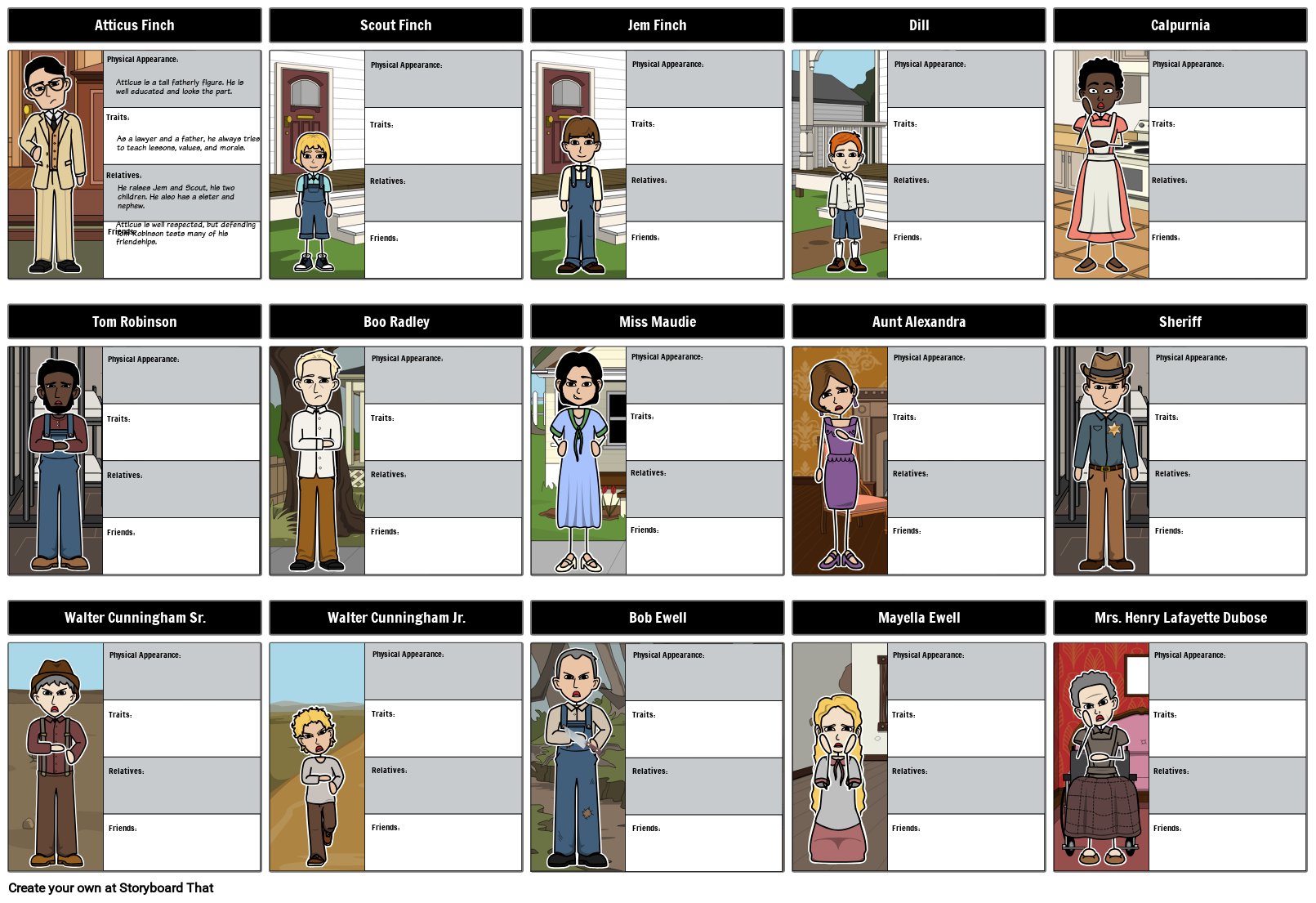Chapter 16 to kill a mockingbird – Chapter 16 of Harper Lee’s beloved novel “To Kill a Mockingbird” marks a pivotal turning point in the narrative, introducing a series of events that profoundly shape the lives of the characters and explore timeless themes of racism, prejudice, and the complexities of human nature.
As the story unfolds, we witness the transformation of Scout Finch’s character, the unraveling of Bob Ewell’s sinister intentions, and the enigmatic appearance of Boo Radley, whose actions leave an indelible mark on the community.
Themes and Motifs

Chapter 16 of “To Kill a Mockingbird” is a pivotal moment in the novel, where the themes of racism and prejudice, innocence and vulnerability, and the symbolism of the mockingbird come together in a powerful and poignant way.
Chapter 16 of “To Kill a Mockingbird” marks a pivotal moment, just like the explosive revelations in One Piece Chapter 1082 . Both stories grapple with the complexities of human nature and the weight of secrets. As Atticus Finch navigates the prejudice and injustice in Maycomb, Luffy and his crew confront the profound implications of the Void Century.
These chapters remind us that the search for truth and justice is often a treacherous path, but it’s one that we must relentlessly pursue.
Racism and Prejudice
The trial of Tom Robinson is a glaring example of the racism and prejudice that permeate Maycomb society. Despite overwhelming evidence of Tom’s innocence, the all-white jury finds him guilty, simply because he is a black man accused of a crime against a white woman.
This miscarriage of justice highlights the deep-seated racism that exists in the town, and its devastating consequences for those who are marginalized and discriminated against.
Innocence and Vulnerability
The chapter also explores the theme of innocence and vulnerability. Tom Robinson is a kind and gentle man who is falsely accused of a crime he did not commit. His innocence and vulnerability are used against him in court, as the jury is swayed by prejudice and fear.
The mockingbird, a symbol of innocence and harmlessness, is also a victim of prejudice. The children are forbidden from killing mockingbirds because they do no harm, yet Bob Ewell kills one out of spite.
Symbolism of the Mockingbird
The mockingbird is a powerful symbol throughout the novel. It represents innocence, vulnerability, and the senseless destruction of something pure and good.
In Chapter 16, the mockingbird’s death foreshadows the tragic fate of Tom Robinson. It also serves as a reminder of the dangers of prejudice and the importance of protecting those who are innocent and vulnerable.
Character Development

Chapter 16 of “To Kill a Mockingbird” witnesses the culmination of Scout’s growth and transformation. The chapter’s events challenge her beliefs, leading her to confront her prejudices and develop a more profound understanding of the world.
Chapter 16 of To Kill a Mockingbird marks a pivotal moment in the story, as Scout Finch witnesses the stark contrast between justice and prejudice. This chapter also foreshadows the complexities of the adult world, reminding us of the innocence and naivety of youth.
In a similar vein, Brave New World’s chapter 1 introduces us to a dystopian society where individuality is suppressed, echoing the themes of prejudice and social injustice prevalent in To Kill a Mockingbird.
Scout’s Transformation
Initially, Scout is portrayed as a tomboyish, independent child. However, as the chapter unfolds, she experiences a series of encounters that force her to question her assumptions. Her interaction with Boo Radley, once a source of fear, reveals his gentle and protective nature, shattering her preconceived notions.
Bob Ewell’s Role, Chapter 16 to kill a mockingbird
Bob Ewell serves as a catalyst for Scout’s transformation. His malicious attack on Jem and Scout exposes the ugliness of prejudice and hatred. Scout’s bravery in the face of danger showcases her resilience and determination.
In Chapter 16 of To Kill a Mockingbird, Scout and Jem witness the consequences of racial prejudice and injustice. They learn that even in the face of adversity, it’s important to fight for what’s right. This theme of resilience and hope is echoed in Rebuild World Chapter 46 , where survivors of a global catastrophe band together to create a better future.
Like Scout and Jem, they face challenges but remain determined to build a just and equitable world.
Boo Radley’s Significance
Boo Radley’s appearance at the crucial moment is symbolic of the power of compassion and understanding. His act of saving Scout and Jem demonstrates the importance of overcoming fear and prejudice. Boo’s presence serves as a reminder that even in the darkest of times, there is always hope and kindness.
Narrative Structure

Chapter 16 of “To Kill a Mockingbird” employs various narrative techniques to heighten the suspense and emotional impact of the story. These techniques include foreshadowing, suspense, and flashback, each contributing to the chapter’s overall pacing and structure.
Foreshadowing and Suspense
Foreshadowing is used throughout the chapter to hint at the impending trial and its potential consequences. For instance, the children’s encounter with the rabid dog foreshadows the danger and violence that awaits them in the courtroom. The description of Bob Ewell as a “long shadow” lurking in the dark creates a sense of suspense and dread, hinting at his sinister intentions towards Tom Robinson.
Flashback Technique
The chapter utilizes flashbacks to provide backstory and context for the events leading up to the trial. These flashbacks reveal Bob Ewell’s past actions, including his attack on Mayella, and shed light on his motivations for falsely accusing Tom Robinson. The flashbacks also serve to establish the racial tensions and prejudices that permeate the community, setting the stage for the upcoming trial.
Pacing and Structure
The pacing of the chapter is deliberate and suspenseful. The narrative builds slowly, gradually increasing the tension as the trial approaches. The chapter’s structure is carefully crafted to maintain a sense of urgency and anticipation, with short, intense scenes alternating with moments of reflection and foreshadowing.
Closing Notes: Chapter 16 To Kill A Mockingbird

Through its masterful use of foreshadowing, suspense, and symbolism, Chapter 16 serves as a microcosm of the larger themes that permeate the novel. It invites readers to reflect on the enduring power of empathy, the corrosive effects of prejudice, and the fragile nature of innocence in a world marred by injustice.


